The Engineer’s Role in Public Welfare
by Jeff Babineaux, PE on Mar 16, 2023 10:30:00 AM
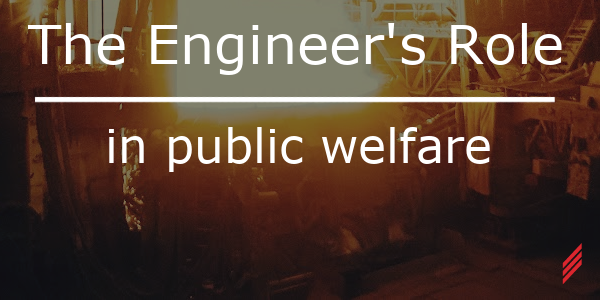
On March 18th, 1937 in New London, Texas, a natural gas explosion rocked the New London School. It would be one of Walter Cronkite’s first assignments, and despite covering World War II and the Nuremburg trials later in life he would go on to say “I did nothing in my studies nor in my life to prepare me for a story of the magnitude of that New London tragedy, nor has any story since that awful day equaled it." (New London Museum, 2023)
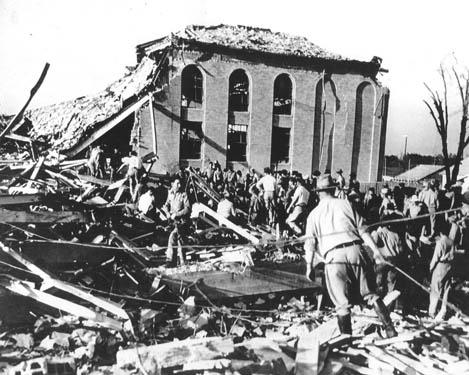
New London School, TX after explosion
My family was one of those affected by the tragedy. My grandfather’s sister was killed just before she would have been valedictorian of her graduating 11th grade class. My grandfather’s brothers, my great-uncles Moses “Red” and Wilson, survived it. Well into the 1980s when I knew him, Uncle Wilson was always nervous indoors.
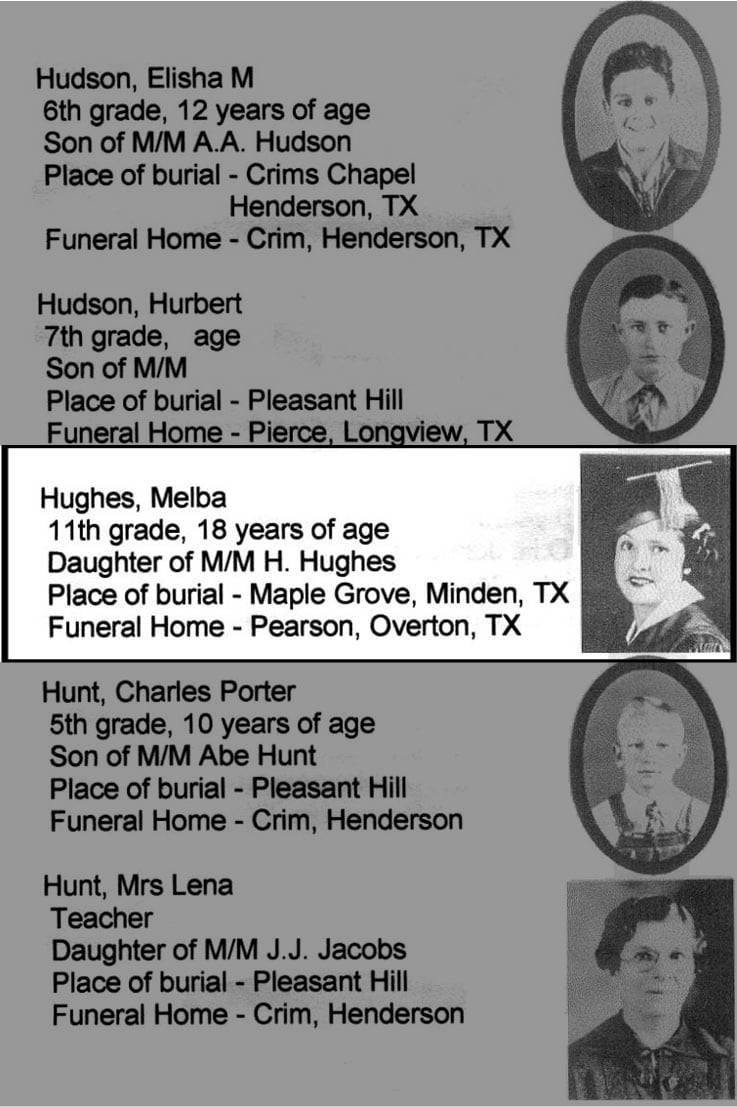
The aftereffects of the New London School explosion are still felt today. Thiols were added to natural gas after 45th Texas Legislature (1937) House Bill 1017 required the Texas Railroad Commission to investigate adding malodorants in the interest of public safety. (HSDL Staff, 2023) Second, and doubly relevant to me today is Senate Bill 74, 45th Legislature, Regular Session. It created the Texas State Board of Registration for Professional Engineers, later TBPELS. (Licensing Information, 2023) Poor engineering was partly to blame for the estimated 300 deaths in New London, Texas, and for the way Uncle Wilson would always stand in the outside doorway when he had been inside for too long while visiting my grandfather’s home.
While not the first engineering board in the US, the cause of TBPELS’ creation and my licensure in that state are two things that I think about when I seal a set of drawings. My primary responsibility as an engineer is not to myself, the client, or even to Hallam-ICS. It has always been the safeguarding of life, health, and property, and promoting the public welfare. Louisiana and North Carolina are in perfect agreement on those points, but Texas says one more, and that is to maintain a high standard of integrity and practice. I like that. It requires that the work we do is done with rigor and consistency in always striving to bring safety forward. It means questioning the common practices that don’t have a firm foundation first in public welfare. It means thinking beyond something that is constructable, and wondering how someone might need to get around it, access a screw, or mitigate hazards three, five, or ten years down the road to keep it operating well.
What we are doing today to safeguard public welfare
In 1995, NFPA 70E introduced “limits of approach” and “arc flash” concepts. Today at Hallam-ICS, we use SKM and EasyPower to find limits of approach, incident energy, and to explore ways to reduce incident energy to make it safer for qualified persons in the field. Arc-resistant switchgear is continually being improved by manufacturers as IEEE C37.20.7 is updated with a means of evaluating access to gear from all sides in the event of an arc fault event.

In early drafting days, blueprints were plotted to translucent sheets and overlaid much the same way that AutoCAD uses layers to assist in coordination between disciplines. These layers have further been improved as Hallam-ICS works in AutoCAD 3D, but more and more clients are taking advantage as together we develop 3D in Revit with Building Information Models, tracking interference in clearance areas, establishing maintenance access and egress lanes, and preserving design data across linked models, disciplines, and design partners.
What will we do tomorrow to make us all safer?
Virtual training has already made it exponentially easier to get a trainer in front of a team of qualified professionals, and get them up to date on the latest safe work methods and documentation. With the continued improvements in virtual and augmented reality, there is a place in the near future where training can be conducted in an environment that as closely as possible mimics the real-world risks that these qualified professionals navigate.
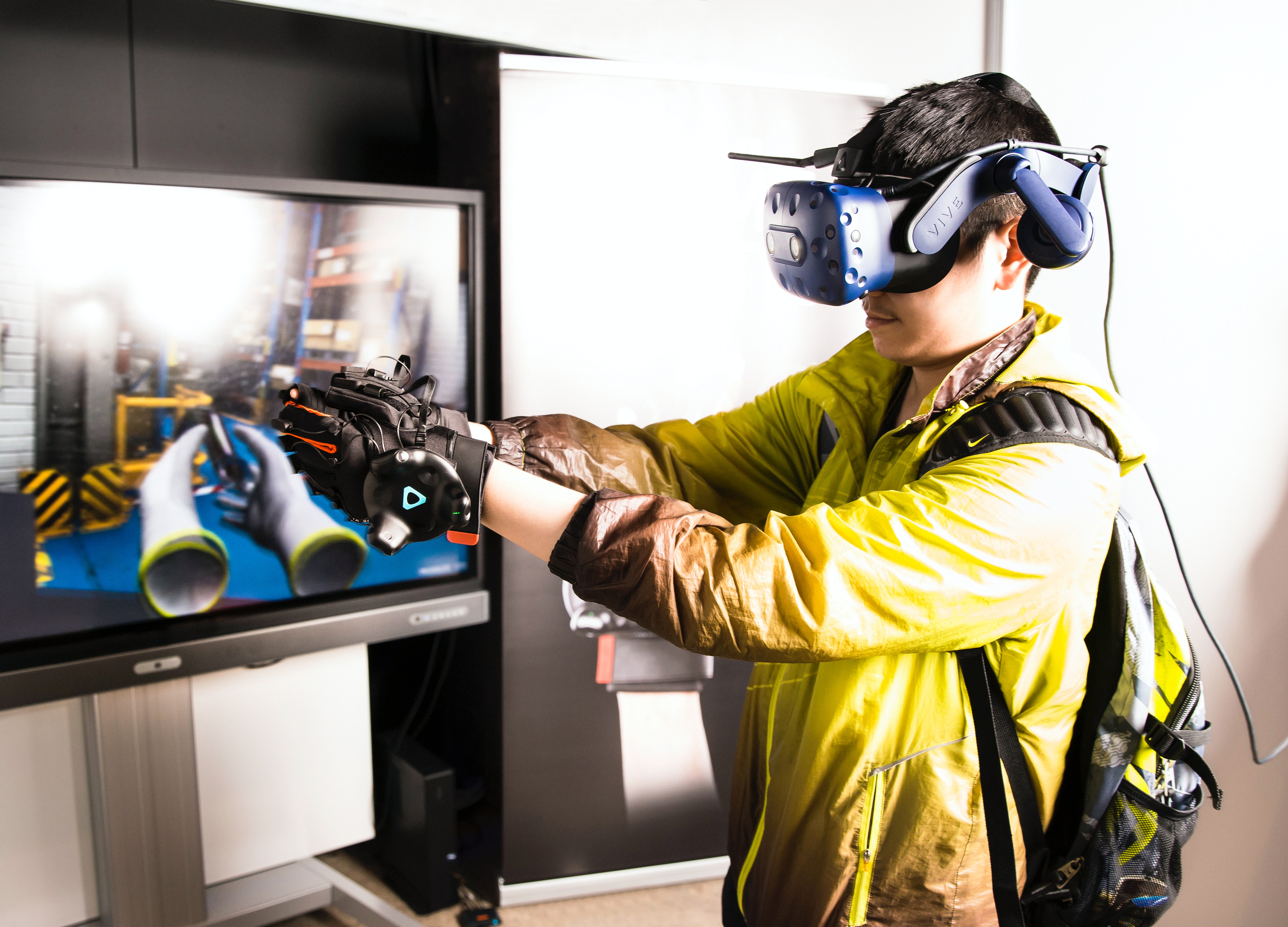
Two examples of what augmented reality in construction might look like have been provided by the National Safety Council. The NSC spotlighted Parsons for their work in using virtual reality and 360° environments in their computer-based training. (National Safety Council, 2023) They also spotlighted Boeing for working with Microsoft HoloLens in augmented reality to give electricians access to drawings while in the confined space of the lower deck of a 767 aircraft. (National Safety Council, 2023)
Prefabrication methods and materials have already proven their worth in the construction market. With a market size of $90.79B in 2022 and an expected compounded growth rate of 7.3% to 2030, short term strategies have proven that modular construction meets the standards of in-place permanent construction, and has consistently gotten it done faster than the traditional path.
What does the far future look like, though? As modular takes a bigger role in the construction industry, I’m looking forward to seeing structural and mechanical interconnection materials similar to WAGO’s ubiquitous lever-style splicing connectors. In the future, I predict that hot work for interconnecting of modular construction like welding pipe and structural members will be replaced with simple mechanical or chemical solutions.
![]()
References
HSDL Staff. (2023, February 16). School Gas Explosion 75 Years Ago Prompted Odorization Law Used Today. Retrieved from Homeland Security Digital Library: https://www.hsdl.org/c/school-gas-explosion-75-years-ago-prompted-odorization-law-used-today/
Licensing Information. (2023, February 16). Retrieved from Texas Board of Professional Engineers and Land Surveyors: https://pels.texas.gov/lic.htm
National Safety Council. (2023, February 16). Boeing's use of augmented reality headsets. Retrieved from National Safety Council: https://www.nsc.org/getmedia/6f79b8a2-7b4b-4387-8c15-e56bd7b63551/boeing-augmented-reality.pdf
National Safety Council. (2023, February 16). Parson's Use of Virtual Reality Training. Retrieved from National Safety Council: https://www.nsc.org/getmedia/ecfdaa4c-5fbf-444c-a141-16db30224052/parsons-virtual-reality.pdf
New London Museum. (2023, February 16). Walter Cronkite Remembers. Retrieved from New London Museum: http://nlsd.net/Recollections05.htm
About the Author
Jeff has a B.S. in Electrical Engineering from Louisiana Tech University. Prior to coming to Hallam-ICS, Jeff had 7 years of experience working in prefab construction for mechanical and electrical buildings and skids. He holds a professional engineering license in multiple states, participates in all phases of the project design from concept through construction, and cooks a mean gumbo.
Read My Hallam Story
About Hallam-ICS
Hallam-ICS is an engineering and automation company that designs MEP systems for facilities and plants, engineers control and automation solutions, and ensures safety and regulatory compliance through arc flash studies, commissioning, and validation. Our offices are located in Massachusetts, Connecticut, New York, Vermont and North Carolina and our projects take us world-wide.
You May Also Like
These Related Stories
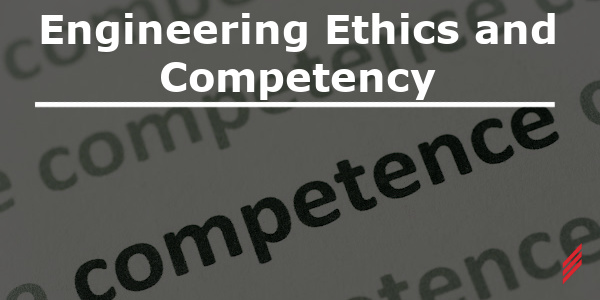
Engineering Ethics and Competency

Solar, EV, and Heat Pump: A Hallam-ICS Engineer’s Insights
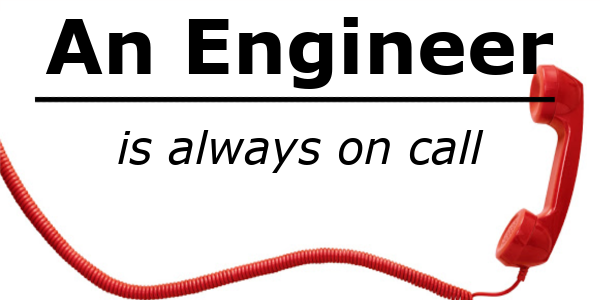


No Comments Yet
Let us know what you think